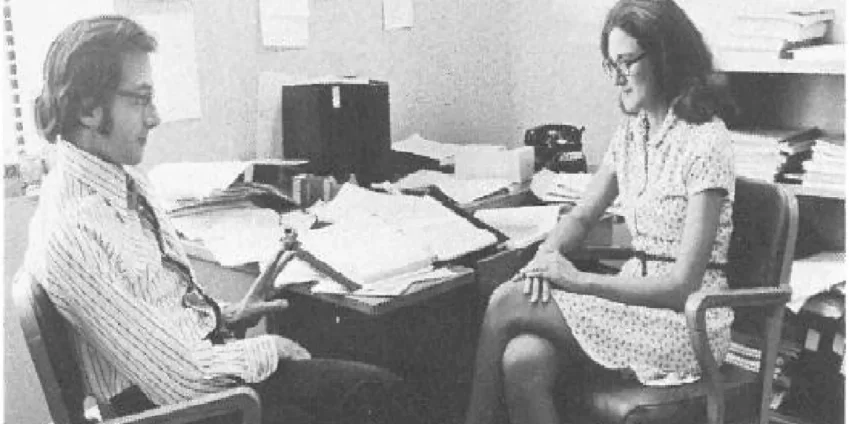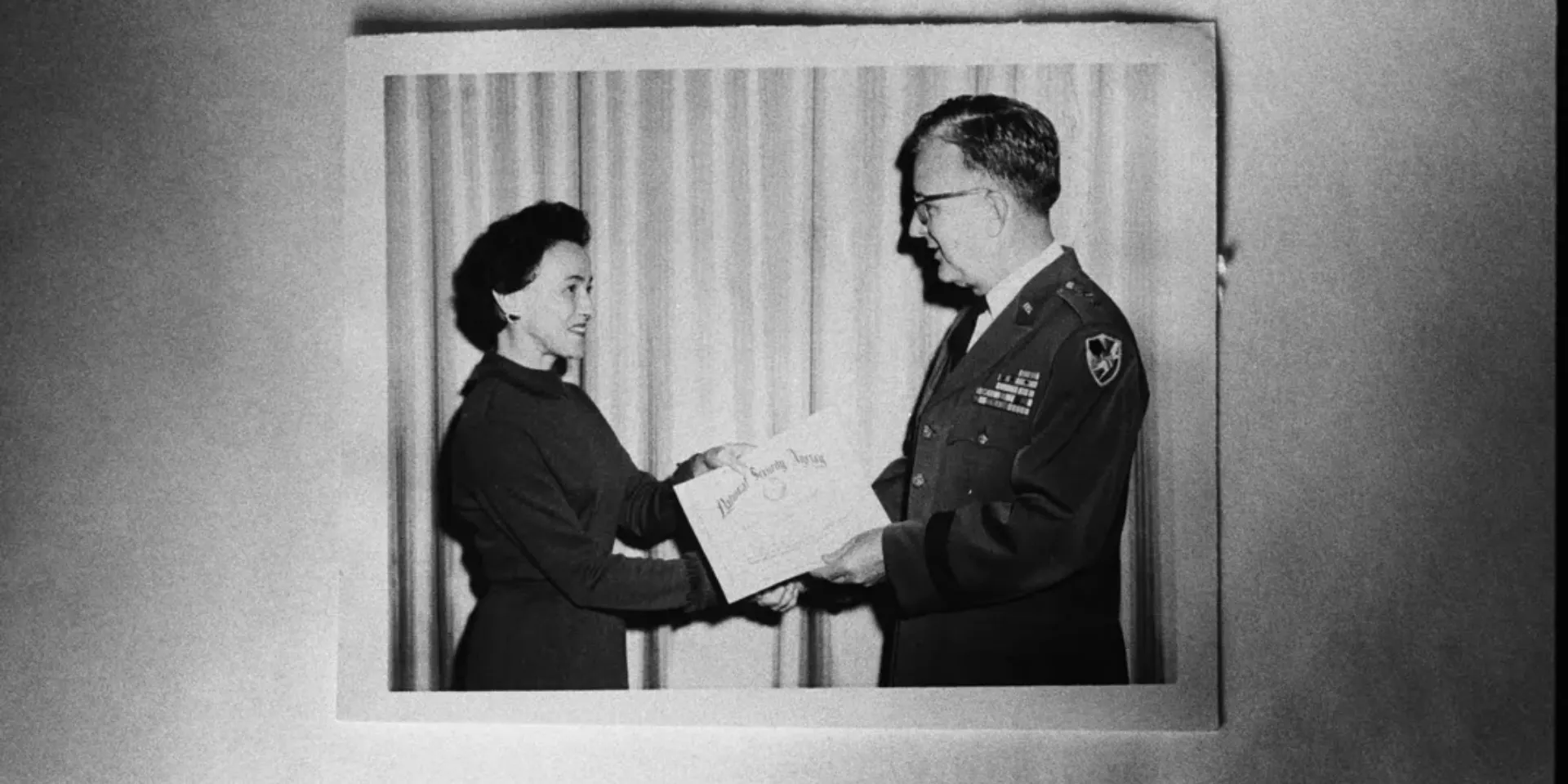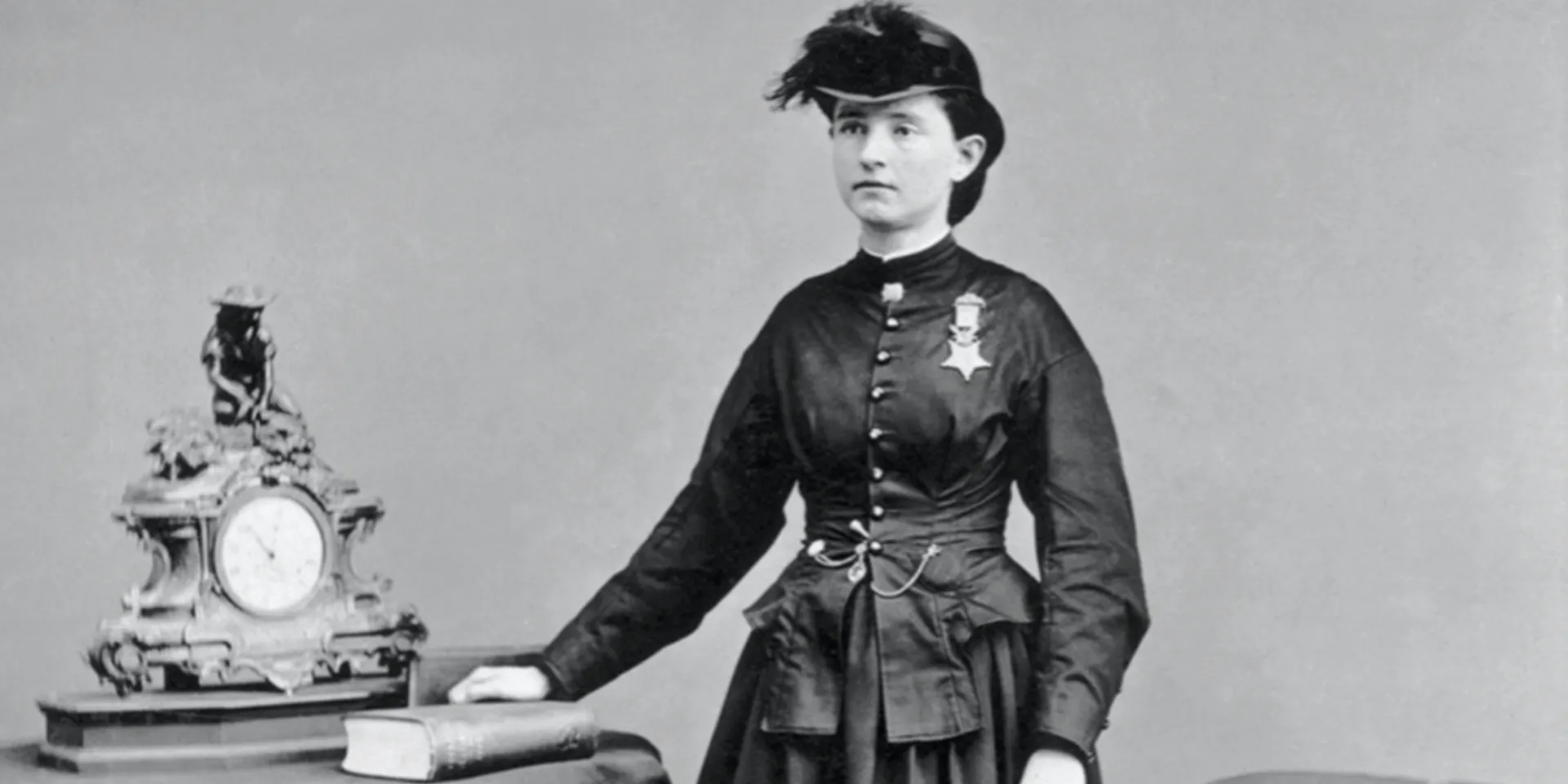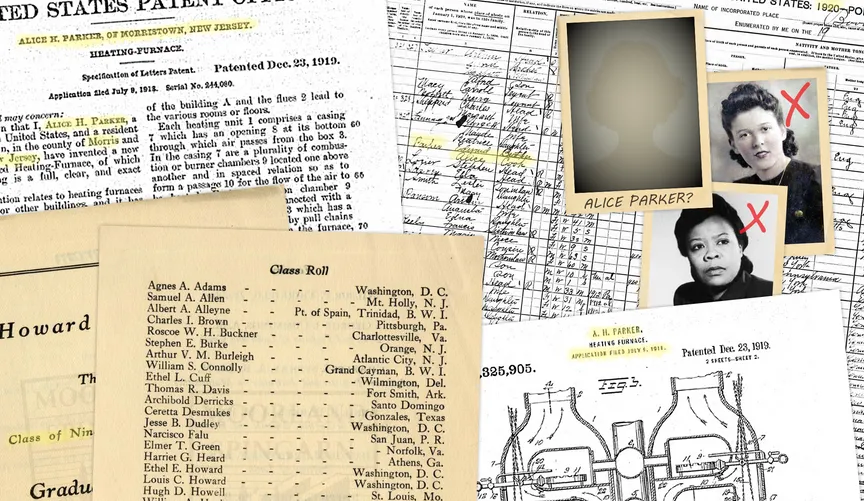Contents
ToggleBarbara Liskov stood at the front of a Stanford classroom in 1968, defending her doctoral dissertation on computer chess algorithms. The room full of male professors represented everything the computing world believed about who belonged in their field. They were wrong about all of it.
Liskov had just written a program that could play chess endgames with mathematical precision. More importantly, she had developed the killer heuristic—a technique that would revolutionize how computers make decisions by teaching them to remember which moves work best. The professors grilling her had no idea they were witnessing the birth of principles that would make every modern software application possible.
This moment marked more than just another PhD defense. It was the beginning of a career that would fundamentally transform how humans interact with computers. The mathematical concepts Liskov would develop over the next five decades didn’t just advance computer science—they created the invisible architecture that makes our digital world function.
The Girl Who Loved Numbers More Than Dolls
Barbara Jane Huberman entered the world on November 7, 1939, in Los Angeles, California. Her parents, Jane Dickhoff and Moses Huberman, had four children, but Barbara stood out from the beginning. While her siblings played typical childhood games, Barbara found herself drawn to puzzles, patterns, and the beautiful logic of mathematics.
The 1940s weren’t exactly encouraging to girls with mathematical talents. Teachers praised boys for being “naturally gifted” at math while telling girls they were “trying very hard.” But Barbara’s mind worked differently. Her talent went beyond just solving complex math problems—she understood why the solutions worked. Numbers made sense to her in ways that would later help her see possibilities in computing that others missed.
Her early education followed the typical path for bright students in post-war America. But even in elementary school, Barbara showed an unusual ability to think abstractly about mathematical relationships. She didn’t just memorize multiplication tables; she understood the patterns that made multiplication work. This deep comprehension of mathematical foundations would later enable her to recognize that computers could manipulate any kind of information, not just numbers.
Growing up as the eldest of four children taught Barbara about systems and organization. She learned to manage complexity, delegate tasks, and maintain order—skills that would prove invaluable when she later designed programming languages that needed to handle thousands of interacting components. Her family life was her first laboratory for understanding how independent elements could work together to create functioning systems.
The Berkeley Years
In 1957, Barbara enrolled at the University of California, Berkeley, to study mathematics. The campus was buzzing with post-war optimism and technological advancement, but the mathematics department remained stubbornly traditional. Out of hundreds of math majors, Barbara was one of only two women in her class.
The isolation was profound and overwhelming. Study groups formed naturally among the male students, but Barbara and her sole female classmate were politely excluded. Professors addressed the class as “gentlemen” and made jokes about how women were “visiting” the mathematics department. Some faculty members openly expressed surprise when Barbara performed well on exams, as if mathematical excellence and femininity were mutually exclusive.
But Berkeley also exposed Barbara to ideas that would shape her future. The university was one of the few places in the world where computers were being used for serious research. Although the machines were primitive by modern standards—room-sized behemoths that could barely add numbers faster than human calculators—Barbara sensed their potential. She took every opportunity to learn about these new “electronic brains,” even though computer science didn’t yet exist as a field of study.
Her physics minor provided unexpected preparation for her future career. Physics taught her to think about abstract systems and invisible forces—concepts that would prove crucial when she later worked on distributed computing systems where multiple computers needed to coordinate without central control. The combination of pure mathematics and applied physics gave her a unique perspective on problem-solving that purely theoretical mathematicians lacked.
The Princeton Rejection
As graduation approached in 1961, Barbara faced a crucial decision about graduate school. Her professors recognized her exceptional talent and encouraged her to pursue advanced studies. She had the grades, the recommendations, and the intellectual capability for any program in the country. But when she applied to Princeton’s mathematics department, she discovered that talent wasn’t enough.
Princeton’s rejection letter was blunt: they did not accept female students in mathematics. Period. No exceptions. No matter how qualified.
The rejection stung, but it also clarified something important. Barbara realized that waiting for institutions to change their policies would mean waiting forever. If she wanted to pursue her interests, she would have to find alternative paths. This lesson in institutional intransigence would later inspire her to create programming concepts that allowed systems to adapt and change rather than remaining fixed in outdated patterns.
Berkeley accepted her for graduate studies, but Barbara made a different choice. She decided to explore the practical world of computing by taking a job at the Mitre Corporation in Boston. This decision horrified her professors, who saw industry work as a waste of her mathematical talents. But Barbara understood something they didn’t: the future of mathematics was in machines, not chalkboards.
Discovering Computers at Mitre
The Mitre Corporation in 1961 was at the forefront of computer development for defense applications. Barbara arrived to find herself surrounded by engineers and mathematicians working on problems that didn’t exist in academic mathematics. They were trying to make computers communicate with each other, process radar data in real-time, and handle multiple tasks simultaneously.
Barbara’s first assignment involved programming an IBM 7090 mainframe computer. The machine filled an entire room, used punch cards for input, and required programs to be written in assembly language—barely one step above the binary code the machine actually understood. Most mathematicians found this kind of detailed, mechanical work beneath them. Barbara found it fascinating.
Working with assembly language taught Barbara to think like a computer. She had to break down every operation into tiny, precise steps. But this microscopic view also helped her see the bigger picture. She realized that the difficulty of programming wasn’t in the individual instructions—it was in organizing thousands of instructions into coherent systems. The problem wasn’t the trees; it was seeing the forest.
Her colleagues at Mitre were impressed by how quickly she grasped programming concepts, but Barbara was already thinking beyond the immediate tasks. She noticed that programmers kept solving the same problems over and over because they couldn’t reuse solutions effectively. Every program was built from scratch, like constructing a building without being able to use pre-made bricks or standard doors. This inefficiency would later inspire her work on abstract data types and modular programming.
The Harvard Interlude
After a year at Mitre, Barbara took a position at Harvard working on machine translation—teaching computers to translate between human languages. The project was ambitious, premature, and ultimately unsuccessful, but it taught Barbara crucial lessons about the complexity of symbolic manipulation.
The translation project’s failure wasn’t due to lack of computing power or poor programming. The problem was more fundamental: the researchers didn’t understand language deeply enough to teach it to machines. This experience convinced Barbara that successful programming required clear thinking about the problem domain, not just clever coding. You couldn’t program what you didn’t understand.
Working at Harvard also exposed Barbara to the gender dynamics of elite academic institutions. She was often the only woman in technical meetings, where her ideas were frequently ignored until repeated by male colleagues. She learned to be persistent, to document her contributions carefully, and to ensure her work spoke louder than bias.
The translation project’s failure could have discouraged Barbara from pursuing computer science. Instead, it motivated her to return to school and develop the theoretical foundations that were clearly missing from current programming practice. She applied to PhD programs, but this time she focused on the new field of computer science rather than pure mathematics.
Stanford and the Birth of Computer Science
Stanford University in 1963 was one of the few places in the world offering a PhD in computer science. The field was so new that many universities still debated whether it was a real discipline or just a vocational skill. Barbara arrived to find a program that was being invented as students progressed through it.
Her advisor was John McCarthy, one of the founders of artificial intelligence research. McCarthy was brilliant, eccentric, and completely unconcerned with conventional academic boundaries. He encouraged Barbara to work on whatever interested her, which turned out to be teaching computers to play chess.
Chess might seem like a frivolous application for serious computer science, but Barbara understood its deeper significance. Chess required strategic thinking, pattern recognition, and the ability to plan multiple moves ahead. If computers could master chess, they could potentially handle any problem that required logical analysis and strategic planning.
Barbara’s dissertation focused on chess endgames—the final phase of the game when only a few pieces remain. She developed algorithms that could play perfect endgames by working backward from checkmate positions. But her most important contribution was the killer heuristic, a technique that helped computers search through possible moves more efficiently by remembering which moves had worked well in similar positions.
Breaking New Ground
On March 10, 1968, Barbara Liskov became one of the first women in the United States to receive a PhD in computer science. The achievement was remarkable not just for breaking gender barriers but for the quality of her research. Her dissertation on chess endgames wasn’t just competent—it introduced concepts that would influence artificial intelligence research for decades.
But Stanford in the 1960s could be an isolating place for a woman in computer science. Faculty gatherings were often held at men’s clubs where women weren’t allowed. Informal mentoring happened over drinks at bars where “ladies” weren’t welcome. Barbara missed out on the casual interactions where careers were often advanced and opportunities discussed.
She compensated by being exceptionally good at what she did. When excluded from social networks, she built intellectual ones. She corresponded with researchers around the world, sharing ideas and learning about developments in other labs. This habit of building distributed networks would later influence her approach to designing computer systems.
HerWiki is built and maintained by the support of amazing readers like you. If this story inspired you, join the cause and help us make HerWiki bigger and better.
Her thesis defense was a triumph, but it also revealed the subtle ways gender bias operated in academia. One professor complimented her for being “articulate for a woman in mathematics.” Another expressed surprise that she had developed original ideas rather than just implementing her advisor’s concepts. Even in success, she faced assumptions about limitations that her male peers never encountered.
Return to Mitre and Venus
After completing her PhD, Barbara returned to Mitre Corporation as a research staff member. But she was no longer the eager beginner learning to program. She was now a computer scientist with theoretical depth and practical experience, ready to tackle fundamental problems in system design.
Her first major project was Venus, an operating system designed for small computers. In 1968, most operating systems were behemoths designed for massive mainframes. Venus was revolutionary because it brought sophisticated capabilities to machines that small organizations could afford. It was like designing a luxury car’s features for a economy model’s price point.
Venus introduced several innovations that would become standard in later systems. It used virtual memory to make small computers act like they had more memory than physically present. It supported time-sharing, allowing multiple users to work simultaneously on the same machine. Most importantly, it was designed with modularity in mind—components could be updated or replaced without rebuilding the entire system.
The project attracted attention from across the computer industry. Here was a system that proved small computers didn’t have to mean limited capabilities. But Barbara was already thinking beyond Venus. She had noticed that programmers struggled with the same fundamental problem she had identified years earlier: the difficulty of building reliable, maintainable software systems.
The CLU Revolution
In 1973, Barbara began developing CLU (short for CLUster), a programming language that would revolutionize how software was designed and built. CLU wasn’t just another programming language—it was a new way of thinking about programs as collections of abstract data types.
The central insight behind CLU was deceptively simple: separate what data does from how it’s implemented. Programmers should be able to use a data structure—like a list or a set—without knowing exactly how it’s stored in memory. This abstraction would make programs more reliable, easier to understand, and simpler to modify.
Before CLU, programming languages forced developers to think about the physical details of data storage. If you wanted to create a list, you had to decide whether to use an array or linked nodes, and that decision was visible throughout your program. CLU said: just call it a list, define what operations it supports, and let the implementation details be hidden.
This concept of abstract data types was revolutionary. It meant programmers could think at a higher level, focusing on what their programs should do rather than how the computer would do it. It was like the difference between giving someone driving directions (“turn left at the light”) versus explaining how the car’s engine works.
CLU also introduced cluster modules, which packaged data and the operations on that data together. This was a precursor to object-oriented programming, but with important differences. CLU’s approach was more rigorous and mathematically grounded than later object-oriented languages.
Exception Handling and Iterator Abstraction
Beyond abstract data types, CLU pioneered two features that would become essential in modern programming: exception handling and iterators. These might sound like technical details, but they fundamentally changed how programs could be structured.
Exception handling addressed a problem that had plagued programming since its beginning: how to deal with errors gracefully. Before CLU, programs typically crashed when something went wrong, or they became tangled messes of error-checking code. CLU introduced a clean way to separate normal operations from error handling, making programs both more reliable and easier to read.
Iterators solved another fundamental problem: how to process collections of data efficiently. CLU allowed programmers to define custom iteration behavior for their data types, making it easy to process lists, sets, or any other collection in a natural way. This feature would later appear in virtually every modern programming language.
The elegance of CLU’s design attracted attention from computer scientists worldwide. Here was a language that was both theoretically sound and practically useful. It proved that programming languages could be based on solid mathematical principles without sacrificing usability.
But CLU’s influence extended beyond its specific features. It demonstrated that programming language design was a serious intellectual discipline, not just a matter of syntax and convenience. Languages could embody deep insights about computation and guide programmers toward better solutions.
The Liskov Substitution Principle
In 1987, Barbara articulated what would become known as the Liskov Substitution Principle (LSP), one of the fundamental principles of object-oriented design. The principle states that objects of a subtype should be replaceable with objects of their supertype without altering the correctness of the program.
This might sound abstract, but it addresses a practical problem that every programmer faces: when is it safe to say that one type of object can stand in for another? The principle provides a rigorous answer that helps prevent common programming errors.
The LSP became one of the five SOLID principles of object-oriented design, taught in computer science courses worldwide. It’s applied millions of times daily in software systems, from mobile apps to banking systems. Every time a program safely uses a more specific object in place of a general one, it’s following the principle Barbara defined.
What made the LSP revolutionary was its mathematical rigor applied to practical programming. Barbara didn’t just say “be careful with subtypes”—she provided precise conditions that must be met for safe substitution. This combination of theoretical depth and practical applicability became a hallmark of her work.
Distributed Systems and Argus
In the late 1970s, Barbara turned her attention to distributed systems—programs running on multiple computers that needed to coordinate their actions. This was becoming increasingly important as networks connected computers worldwide, but the theoretical foundations were weak.
Her response was Argus, a programming language designed specifically for distributed systems. Argus introduced the concept of guardians—modules that encapsulated data and could survive system failures. It also pioneered atomic transactions in programming languages, ensuring that operations either completed fully or not at all.
The key innovation in Argus was promise pipelining—a technique for managing asynchronous operations that would later influence languages like JavaScript and frameworks for building web applications. Barbara recognized that distributed systems needed new programming paradigms, not just network connections between traditional programs.
Argus demonstrated that distributed programming could be made reliable and understandable. Before Argus, distributed systems were notorious for subtle bugs and unpredictable failures. Barbara’s work showed that careful language design could prevent many of these problems.
Thor and Object-Oriented Databases
The 1990s brought a new challenge: how to store and retrieve objects efficiently in databases. Traditional databases were designed for tabular data, but increasingly programs worked with complex objects that didn’t fit neatly into tables.
Barbara’s answer was Thor, an object-oriented database system that provided transparent persistence for programming language objects. Thor allowed programmers to work with persistent data using the same abstractions they used for in-memory data, eliminating the impedance mismatch between programs and databases.
Thor introduced several innovations that influenced modern database systems. It used optimistic concurrency control to allow multiple users to access data simultaneously without locking. It provided efficient caching mechanisms that kept frequently-used objects in memory. Most importantly, it proved that object-oriented databases could match or exceed the performance of traditional relational systems.
Byzantine Fault Tolerance
Perhaps Barbara’s most practically important work came in the late 1990s with her research on Byzantine fault tolerance. The name comes from the Byzantine Generals Problem—how can distributed actors reach agreement when some of them might be faulty or malicious?
This wasn’t just a theoretical exercise. As the internet grew and financial systems became computerized, the ability to maintain correct operation despite failures or attacks became crucial. Barbara and her student Miguel Castro developed Practical Byzantine Fault Tolerance (PBFT), the first efficient algorithm for achieving Byzantine fault tolerance.
PBFT made it practical to build systems that could continue operating correctly even if some components were compromised. This work laid the foundation for blockchain technology and cryptocurrencies, though those applications came years after Barbara’s initial research.
The importance of Byzantine fault tolerance extends beyond cryptocurrencies. Any critical system that must operate despite potential failures or attacks—from air traffic control to financial networks—relies on principles that Barbara helped establish.
Recognition and the Turing Award
On March 10, 2009, exactly 41 years after receiving her PhD, Barbara Liskov was awarded the ACM Turing Award, computer science’s highest honor. The citation recognized her “contributions to practical and theoretical foundations of programming language and system design, especially related to data abstraction, fault tolerance, and distributed computing.”
The Turing Award was long overdue recognition for work that had shaped the entire field of software engineering. But what made Barbara’s contributions special wasn’t just their technical merit—it was their lasting impact on how every programmer thinks about their craft.
When Barbara started her career, programming was seen as an advanced form of clerical work—important but not intellectually significant. Her work helped establish programming as a design discipline requiring both creativity and rigor. She showed that programming languages could embody deep principles that guide programmers toward better solutions.
The Teaching Legacy
Throughout her career at MIT, Barbara trained generations of computer scientists who went on to make their own significant contributions. Her approach to mentoring was shaped by her own experiences as an outsider in the field. She made sure her students—regardless of gender or background—received the support and opportunities she had often been denied.
Her teaching philosophy emphasized understanding over memorization. Students in her courses didn’t just learn how to use programming techniques—they learned why those techniques worked and when to apply them. This deep understanding prepared them to solve new problems, not just variations of familiar ones.
Barbara’s influence on education extended beyond her direct students. The textbooks she co-authored became standard references in computer science education. Her clear explanations of complex concepts helped thousands of students worldwide understand principles that might otherwise have remained obscure.
Living Through the Revolution She Created
Barbara Liskov has lived to see her theoretical contributions become the foundation of the digital world. The abstract data types she pioneered are now so fundamental that programmers can’t imagine working without them. The distributed systems principles she developed enable everything from social media to online banking.
But perhaps more importantly, she’s seen the field of computer science transform from a male-dominated enclave to one where women, while still underrepresented, make crucial contributions at every level. Her example proved that excellence in computer science has nothing to do with gender and everything to do with clear thinking and persistent innovation.
In recent interviews, Barbara reflects on how the field has changed since she was one of only two women in her mathematics classes at Berkeley. The technical challenges have evolved, but the fundamental need for abstraction, modularity, and rigorous thinking remains constant. The principles she established continue to guide new generations of computer scientists facing problems she could never have imagined.
The Invisible Architecture of Modern Life
Every time you use a smartphone app, shop online, or stream a movie, you’re relying on principles that Barbara Liskov helped establish. The ability of modern software to handle complexity, recover from failures, and present simple interfaces to users all trace back to her fundamental insights about programming.
Data abstraction allows programmers to build incredibly complex systems by hiding unnecessary details. The Liskov Substitution Principle ensures that software components work together reliably. Byzantine fault tolerance keeps critical systems running despite failures or attacks. These aren’t just theoretical concepts—they’re the invisible architecture that makes our digital world possible.
What makes Barbara’s contributions remarkable is their universality. She didn’t just solve specific technical problems—she identified fundamental principles that apply across all of computer science. Her work provides a foundation that remains solid even as technologies change at breathtaking speed.
The Ongoing Revolution
At 85, Barbara Liskov continues to work on fundamental problems in distributed systems and programming languages. The questions she’s addressing today—how to build reliable systems from unreliable components, how to manage complexity in ever-larger software systems—are evolved versions of the challenges she first tackled in the 1970s.
Her current research focuses on making distributed systems more reliable and easier to program. As cloud computing becomes ubiquitous and applications span thousands of servers worldwide, the principles she established become more relevant, not less. Every major technology company employs engineers who apply Barbara’s ideas daily, whether they know her name or not.
The revolution Barbara started isn’t finished. As artificial intelligence, quantum computing, and other emerging technologies create new challenges, the fundamental principles she established—abstraction, modularity, fault tolerance—provide the conceptual tools needed to address them. Her legacy isn’t just in the problems she solved but in the framework she created for solving problems we haven’t even encountered yet.
Barbara Liskov transformed computer science from an ad hoc collection of programming tricks into a disciplined field with solid theoretical foundations and practical principles. She didn’t just break barriers as one of the first women in computer science—she built the conceptual infrastructure that makes modern software possible. Every time a program runs reliably, handles errors gracefully, or manages distributed operations successfully, it’s following paths that Barbara Liskov helped create.







